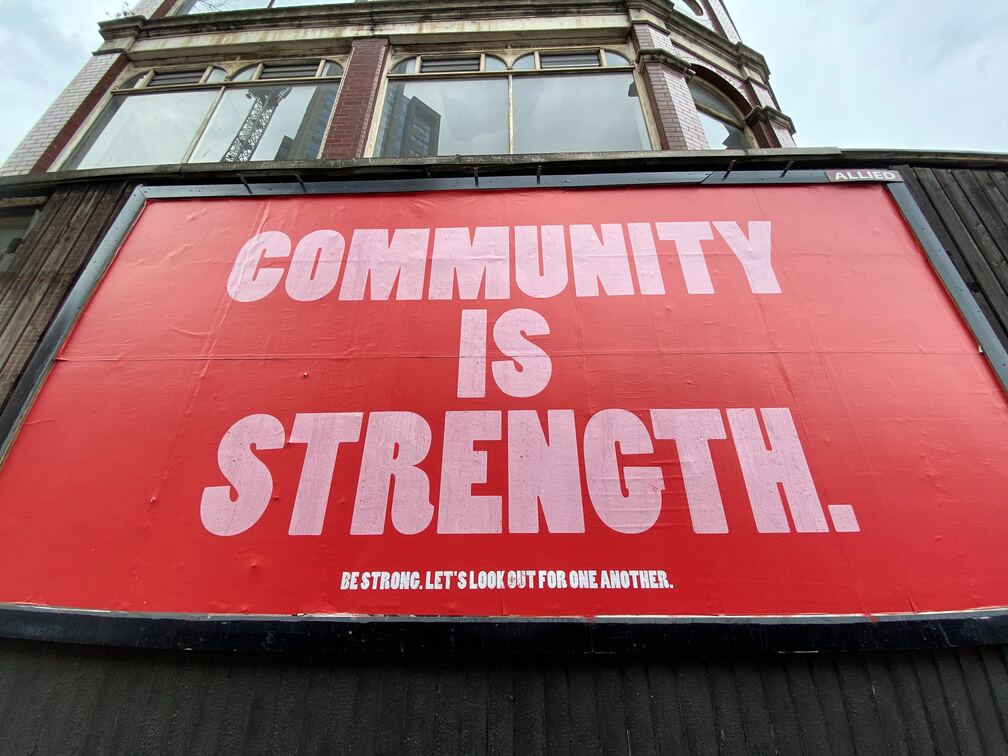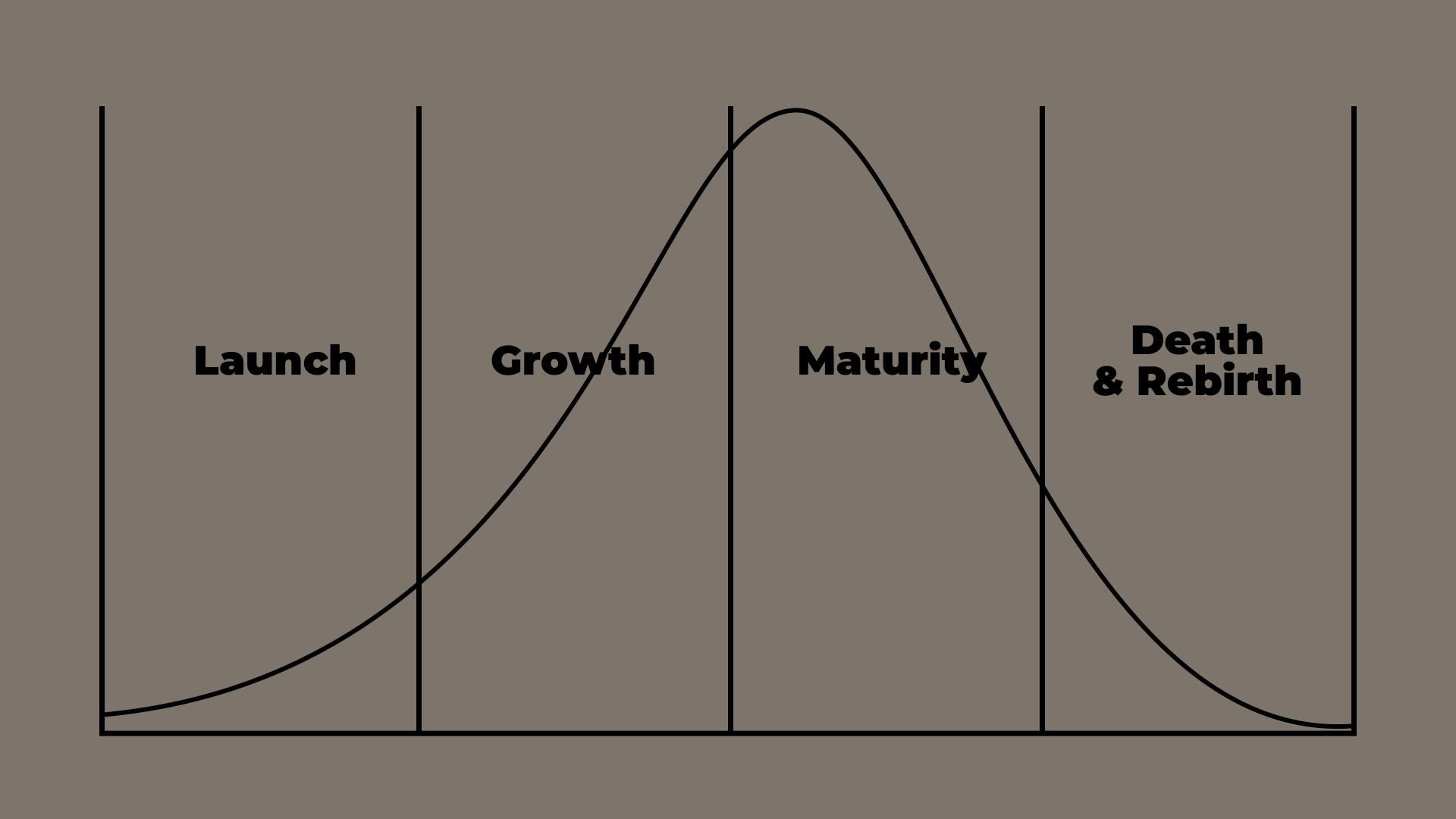Every community manager has at some point wondered - “how can I grow my community?”
You came to the right place - in this post, we’ll talk about how you can grow your community.
But before talking about the hows, do you really need to grow your community?
In many cases, the answer can be no. Let’s see why.
Do you really need to grow your community?

We'll talk about whether you need to grow your community (and in many cases, you don’t need to), share a community lifecycle, and tips and examples of community growth.
This can be done through a variety of means, such as posting content and contests, building partnerships, or expanding the community's localization footprint.
Community growth can be a positive force for change, providing new opportunities for activating communities at any stage.
What is community growth?
Community growth is the practice by which a community expands its size to the critical mass.
Why do you need community growth?
Does a community need to grow?
Well, the answer is it depends.
You don’t have to make it grow: making a community bigger won’t necessarily make it better. (and it's certainly possible to make a community better without making it bigger)
In fact, a few data points suggest that making a community bigger will decrease the level of community participation.
The conversations get messier and the relationships become shallower than they used to be. Going big isn't always the right answer.
Then why are there so many communities looking to grow their size? Let's see a few benefits of growing communities.
Fresh members and ideas
New members bring new ideas and new conversations. This is especially helpful for communities that are stale, fixed, and old.
The new blood ensures the long-term survival of the community. When a community loses flexibility, the people inside of it fade and churn.
Some fresh air will bring diversity as well; while you need to set a shared value and policy for your community, having diversity in your community will almost always be better.
The critical mass of activity and engagement
Expanding a community helps reach a critical mass of activity.
Running events gets easier, content gets shared more often, and your community generally gets more active with more people.
And hey, people just want to be a part of something bigger than themselves than a tiny hobbyist group, which is understandable.
But this comes with a risk.
Again, you don’t always need to grow your community.
If you want to do so, define a clear objective and follow it. Then you should be able to avoid ruining the community experience for your existing members.
Relative growth for your organization
Lastly, communities around brands and companies sometimes need to grow in proportion to their business growth.
Figma, Notion, and other community-driven companies have grown their community size accordingly.
In this case, you want to set clear guidelines and membership levels to avoid the entire community being chaotic. Giving up control (for conversations and moderation) for selected members would be a great idea to start.
You should understand whether your community needs to grow first. And even if the answer is yes, growing rather organically would be recommended.
Growth stages (community lifecycle)

Before talking about community growth tactics, let’s talk about each stage of community growth; which we call the "community lifecycle."
The community lifecycle is the journey that your community goes through, from the launch to the death (and rebirth).
There are four steps in the community lifecycle: launch, growth, maturity, and death (rebirth). In this section, we'll take a closer look at each of these stages and how you can keep your community healthy at each stage.
Launch
The first step, launch, is when a community is created by its founders. The community members all know each other at this point. The goal here is to have a clear community strategy and start setting up initial community channels.
- Objective: Get the initial community strategy and community channels ready. Time : - 3 monthsSize: -10 Community Activities: Inviting initial members, community calls, identifying community rituals, etc.
Growth
The second step, growth, is when a community begins to grow and expand. More members join and participation increases. The community begins to establish itself and its purpose.
- Objective: Grow your community size to reach a critical mass. Time: -12 months Size: Depends on the community Community Activities: Scaling member onboarding, managing memberships, integrating community channels, running campaigns, etc.
Maturity
The third step, maturity, is when a community reaches its efficiency. At this point, the community’s growth slows down; the number of people joining and leaving is almost identical. The community realizes its purpose.
- Objective: Build a sustainable community model. Time: Indeterminate Size: Depends on the community Community Activities: Automating member onboarding, refining memberships, improving community operations, etc.
Death and Rebirth
The fourth and final step, death and rebirth, is when the community ceases to exist. Members leave and there is no activity. In some cases, those members form a new community and start the launch process all over again.
- Objective: To close your community peacefully. Time: IndeterminateSize: N/A Community Activities: Closing communication, supporting transitions, partnering with other communities for migrations, etc.
Now that we have covered the basics of community growth, let’s talk about the process of growing your community.
Growing community
Today, more than ever, we live in a world of communities. Whether they exist in the physical spaces of towns, schools, and workplaces, or in the digital realm of social media platforms, forums, and apps, communities are essential in helping us connect, share, and grow. They're places of learning, collaboration, and camaraderie, often bringing together people from diverse backgrounds around a common interest or goal. So, how do you cultivate a thriving community? Let's delve into some strategies and tips for growing a strong, vibrant community in the digital age.
1. Define Your Purpose
Before you can grow a community, you need to define what it is you're growing. What is the purpose of your community? Who is it for? What values do you hold, and what culture do you want to foster? This could range from supporting a cause, sharing knowledge about a topic, or providing a space for like-minded individuals to connect. Your community's purpose will guide your strategies and tactics, and it will serve as a beacon to attract the right people.
2. Attract the Right People
Every community starts with a core group of members. These are the people who are genuinely interested in your community's purpose and are likely to contribute to discussions and activities. They often become your community's most dedicated members and advocates, inviting others in their network who share the same interests.
To attract these initial members, you can leverage various platforms like social media, blogs, and forums related to your topic or purpose. Regularly share valuable content and be active in these spaces. Show genuine interest and engage in conversations, and don't shy away from letting people know about your community.
3. Foster Engagement
Engagement is the heartbeat of any community. Encourage members to engage by creating a welcoming, inclusive environment where everyone feels heard and valued. Encourage interactions by initiating discussions, hosting events, or sharing content that sparks conversation.
Remember, engagement doesn't only mean posting content; it also involves responding to members' comments, questions, and contributions. This fosters a sense of belonging and shows that their input is valued.
4. Promote a Culture of Respect and Inclusivity
A thriving community is one where members feel safe and respected. Make it clear that discrimination, bullying, and negativity will not be tolerated. Instead, promote a culture of respect, inclusivity, and positivity. This can be done through your community guidelines, your actions, and how you handle conflicts.
5. Provide Value
What does your community offer that members can't get elsewhere? This can be unique insights, a supportive network, exclusive content, or opportunities for collaboration. Consistently providing value keeps members engaged and attracts new ones.
6. Celebrate Successes and Milestones
Celebrating the community's achievements and milestones, both big and small, fosters a sense of collective accomplishment and camaraderie. This can be as simple as acknowledging the community's growth, members who've contributed significantly, or milestones in the journey towards achieving your shared purpose.
7. Learn, Adapt, and Grow
Finally, remember that building a community is a dynamic process. Learn from your successes and failures, listen to your community's feedback, and be ready to adapt. This will not only help your community grow but will also ensure it continues to thrive and serve its purpose effectively.
Conclusion
Growing a community, whether online or offline, is not a one-size-fits-all process. It requires time, effort, and a genuine desire to connect people. But, when done right, it's a fulfilling endeavor that can lead to meaningful relationships, valuable collaborations, and the spread of ideas and knowledge.








